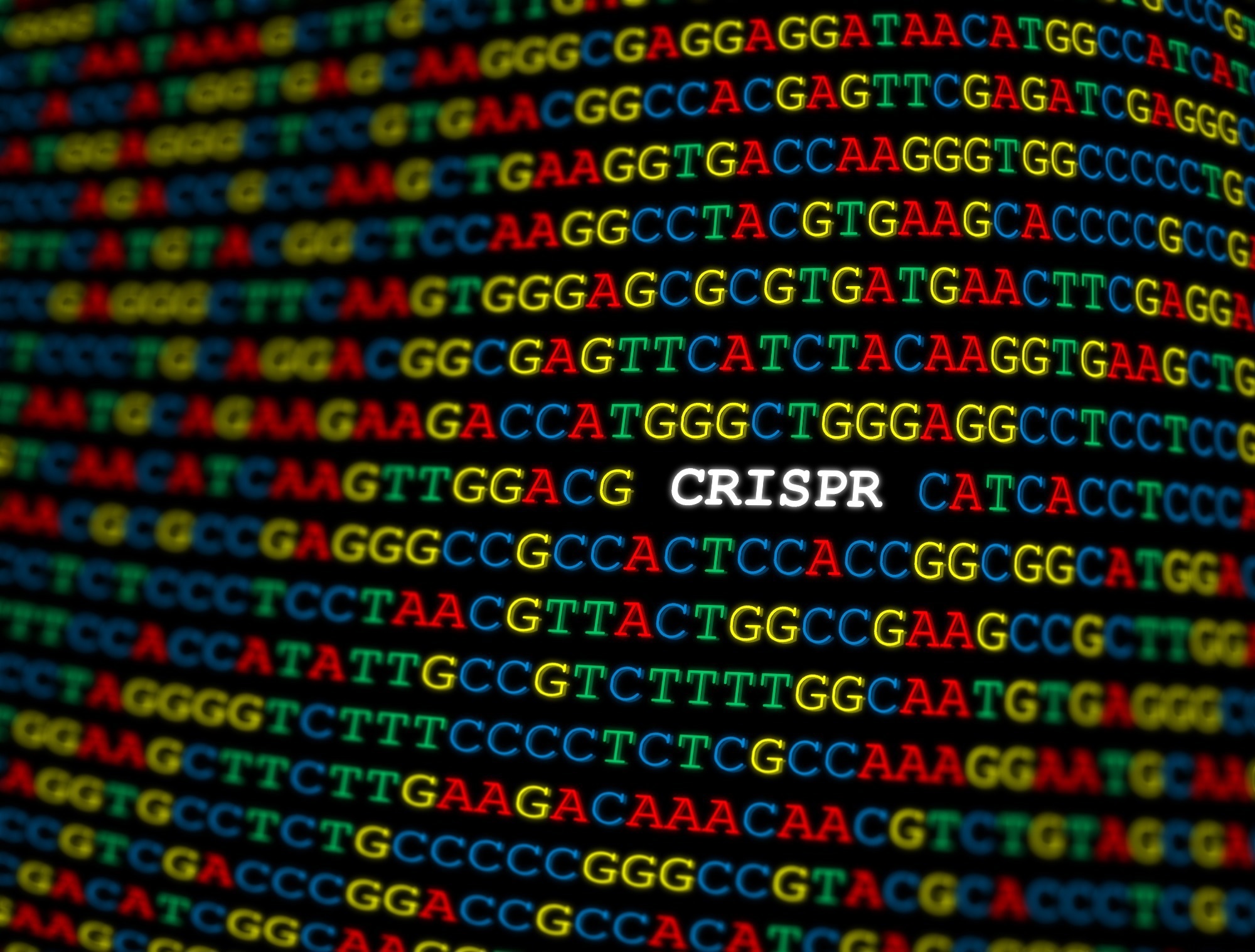 By Neha MathurReviewed by Danielle Ellis, B.Sc.Feb 19 2023
By Neha MathurReviewed by Danielle Ellis, B.Sc.Feb 19 2023In a recent study published in the journal Nature Medicine, researchers pursued one-time cures for hypertrophic cardiomyopathy (HCM). They used a previously constructed murine model of HCM, designated as R403Q-129SvEv, to evaluate two different genetic therapies, as follows:
i) an adenine base editor (ABE8e)
ii) a potent Cas9 nuclease delivered by an adeno-associated virus (AAV) vector.
Note that clustered regularly interspaced short palindromic repeats-associated protein 9 (CRISPR-Cas9) uses CRISPR sequences, a family of deoxyribonucleic acid (DNA) sequences found in the genomes of some bacteria, as a guide to identify and cleave other complementary DNA sequences.
 Study: Efficient in vivo genome editing prevents hypertrophic cardiomyopathy in mice. Image Credit: Catalin Rusnac / Shutterstock
Study: Efficient in vivo genome editing prevents hypertrophic cardiomyopathy in mice. Image Credit: Catalin Rusnac / Shutterstock
Background
Though rare, HCM, a primary myocardial genetic disorder, causes left ventricular hypertrophy (LVH) that increases myocardial fibrosis. Subsequently, it increases the risk of heart failure, stroke, and sudden cardiac arrest. It arises from the dominant missense allele that alters the contractile protein cardiac myosin heavy chain (Myhc) in humans.
All the factors that influence HCM emergence remain unknown; however, it is known that pathogenic myosin allelic variants produce symptomatic HCM early in adulthood when LVH and symptoms are absent, presenting a window of opportunity for potential interventions to limit or prevent disease.
Although medications and devices could help reduce HCM symptoms, they cannot prevent heart failure, the leading cause of premature death in HCM patients. The discovery of the molecular basis for HCM could now enable early interventions via gene-based therapies feasible. Gene editing through vectors, such as AAV, could even help with permanent DNA modifications to prevent such diseases.
About the study
129SvEv mice (only males) harboring one R403Q (an HCM pathogenic variant allele) mimic key features of human HCM, including LVH. In the present study, researchers used these mice, carrying a heterozygous missense residue R403Q in their α-cardiac Myh6, to study treatment effects on cardiac morphology. They used female R403Q-129SvEv mice to examine gene editing efficiencies. Furthermore, the team evaluated different strategies to edit or silence the HCM allele in R403Q mice for HCM prevention. To this end, they used an AAV9 vector encoded Staphylococcus aureus Cas9.
Results
The most striking finding of the current study was that the permanent gene correction of all cardiomyocytes was not mandatory to prevent the emergence of HCM. Small nuclear ribonucleic acid sequencing (snRNA-seq) showed that targeted sequencing of Myhc6 transcripts effectively edited over 70% of R403Q alleles in ventricular cardiomyocytes and maintained healthy cardiac structure and function.
Test animals with variably edited inter-or-intra-cardiac chambers had no deleterious functional repercussions, albeit gene editing of atria was less effective than ventricles. It was most likely due to low blood flow and perfusion pressure in atria that restricted vector delivery. However, an extra dose of treatment improved atrial editing in HCM patients. The researchers advocated for further work in large animals to determine if gene editing influences cardiac hemodynamics and arrhythmic vulnerability.
Further, the researchers noted that the intra-thoracic delivery of AAV9-encoding small interfering RNAs (siRNAs) in 129SvEv mice (regulated by the cardiomyocyte-specific chicken troponin T promoter) selectively silenced the mutant transcript by 25%. Moreover, its effect prevented the emergence of LVH for six months before waning.
Furthermore, the researchers noted that base editor therapies in transgenic mice achieved 20 to 30% genomic editing efficiencies (moderate) in cardiovascular tissues with dual-AAV9 vectors, each containing one-half of a split-intein adenine base editor (ABE8e). For instance, bystander edits could substitute a lysine at position 405 with an arginine. Overall, these treatments prevented all HCM phenotypes, including functional and histopathological in mouse models.
Similarly, they executed low off-target editing at five of 16 potential loci within mouse intronic or intergenic genomic regions. Amid longer duration exposures to the gene editor, one locus attained ~8% editing efficiency. Notably, both the bystander nor off-target gene editing caused no adverse outcomes in treated mice. However, more studies in human-derived cell lines and non-human primates are warranted to characterize long-term risks.
AAV9 delivery of RNA-guided Cas9 nuclease effectively inactivated the pathogenic allele, albeit with dose-dependent deleterious effects on contractile function, indicating the availability of a narrow therapeutic window. HCM patients have over 250 myosin missense residues and multiple pathogenic variant alleles. Thus, designing a single-variant correction approach for HCM treatment is challenging. Nevertheless, the study results demonstrated that gene disruption by nucleases could target several dominant allelic variants of cardiomyocyte-specific genes, such as R403Q. However, AAV-Cas9 nuclease also disrupted a wild-type allele, which likely impaired cardiac contractility. In this regard, higher-fidelity Cas nuclease variants or prime gene editors could prove beneficial.
Conclusions
Overall, the study demonstrated the possibility of finding single-dose genetic therapies to correct or silence pathogenic variants and prevent the development of HCM. They showed efficient and durable in vivo base editing of a pathogenic single-nucleotide variant in myosin that is abundant in cardiomyocytes. Genetic correction of ~70% of ventricular R403Q transcripts adequately prevented the histopathologic, morphologic, and molecular trademarks of HCM in mice.
Further development and translation of this approach to correct most human pathogenic variants could cure HCM and other genetic cardiomyopathies. Recent clinical studies have identified biomarkers for carriers of pathogenic allelic variants of HCM. These could help optimize the timing for effective genetic interventions. In pre-clinical trials, researchers might also explore weaker cardiac promoters and ABE8es, e.g., ABE8.17 or ABE8.20.
Nevertheless, Cas9 nuclease and ABE8e-based therapeutic interventions have the potential to prevent HCM and could become the foundation of one-time cures for cardiomyopathies, including HCM.